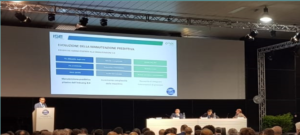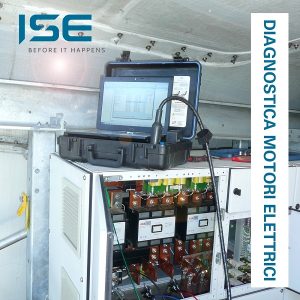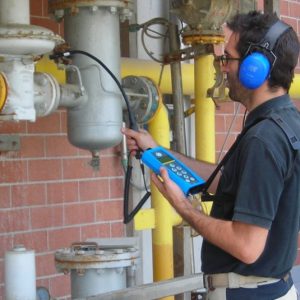The maintenance audit is the main tool for defining a maintenance management improvement programme. By maintenance audit we mean the process of verifying the performance of […]
Diagnostic systems for electric motors are the complex of electrical, static and dynamic measurements, used for monitoring the health of an electric motor, for detecting any […]
Ultrasound measurements are one of the most recent and most versatile predictive technologies, they allow to identify a great variety of anomalies. With a view to […]





